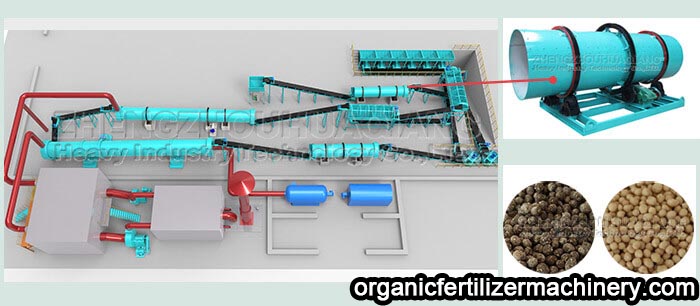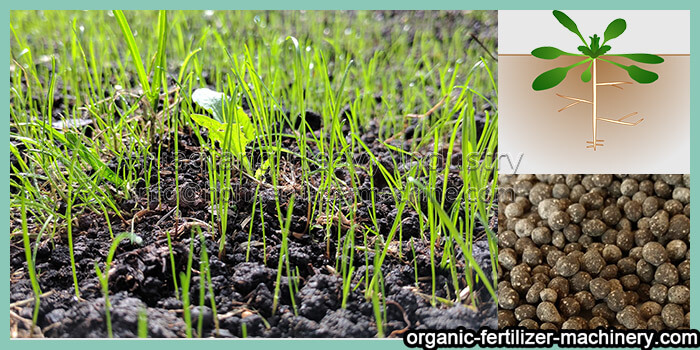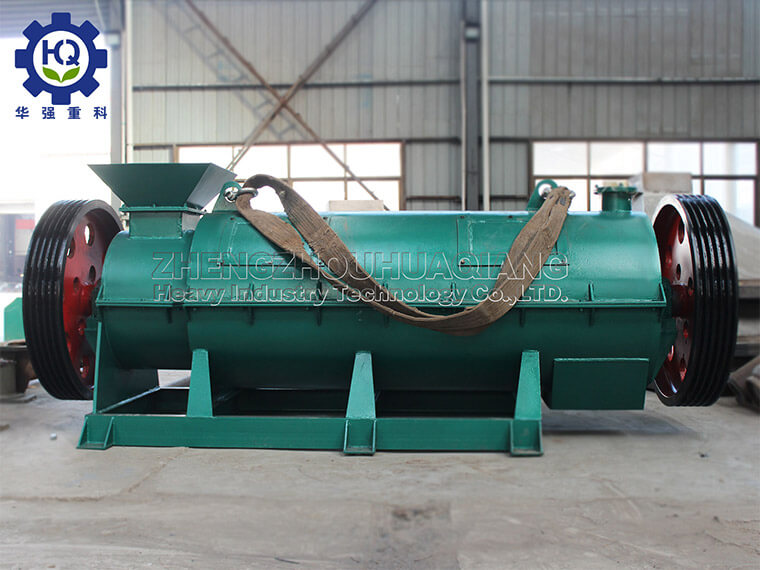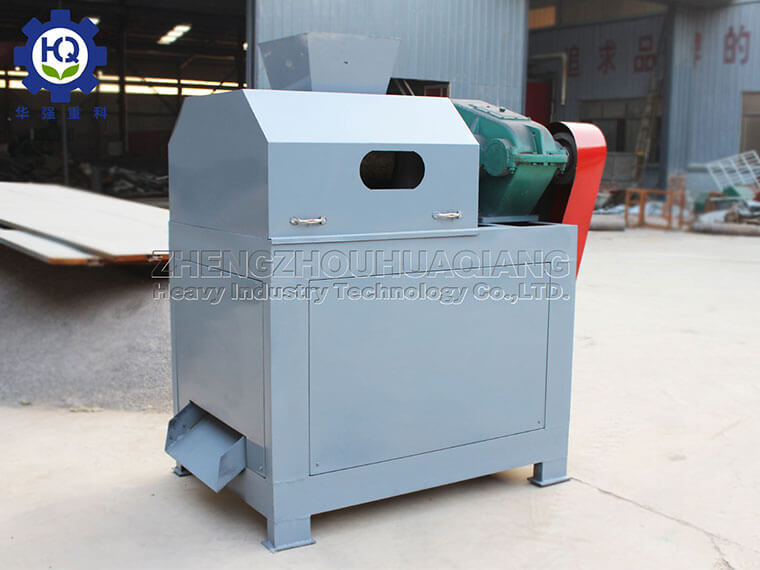Rotary drum granulator is a kind of molding machine which can be made into specific shape. Rotary drum granulator is a key equipment in compound fertilizer industry, which is suitable for the production scale of cold, hot granulation and high, medium and low concentration compound fertilizer.
The main working mode is the wet granulation of pellets. Through a certain amount of water or steam, the basic fertilizer fully reacts behind the cylinder. Under certain liquid phase conditions, the cylinder rotates and the particles agglomerate into balls under pressure.
The production line process of rotary drum granulator includes raw material batching machine, fertilizer mixer machine, crusher, rotary drum granulator, particle dryer, particle cooler, coating machine for finished product, and quantitative packaging machine for finished product.

Characteristics of fertilizer production line of rotary drum granulator
1. Technological innovation, structural improvement, reasonable process layout, advanced technology and low production cost.
2. Drum fertilizer granulation machine is characterized by high wear resistance, convenient maintenance, high ball forming strength, good appearance quality, corrosion resistance, wear resistance, low energy consumption, long service life, convenient operation and maintenance, etc.
3. High balling rate, high drying efficiency, balling rate up to 90%, with a small amount of returned material, the particle size of returned material is small, it can be re granulated; steam heating is introduced to improve the material temperature.
4. Reasonable layout, leading technology, small power, no three waste discharge, stable operation, convenient maintenance.








